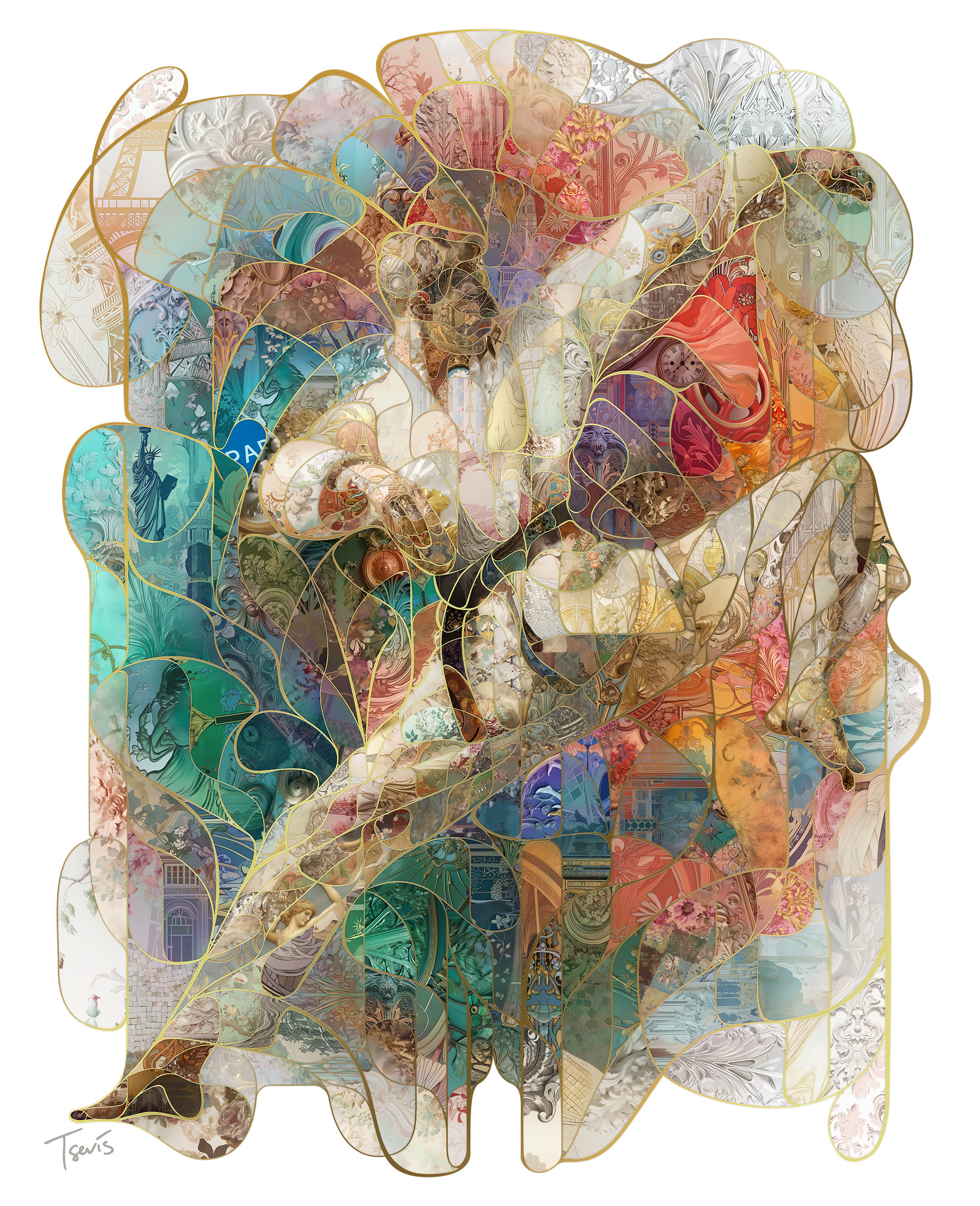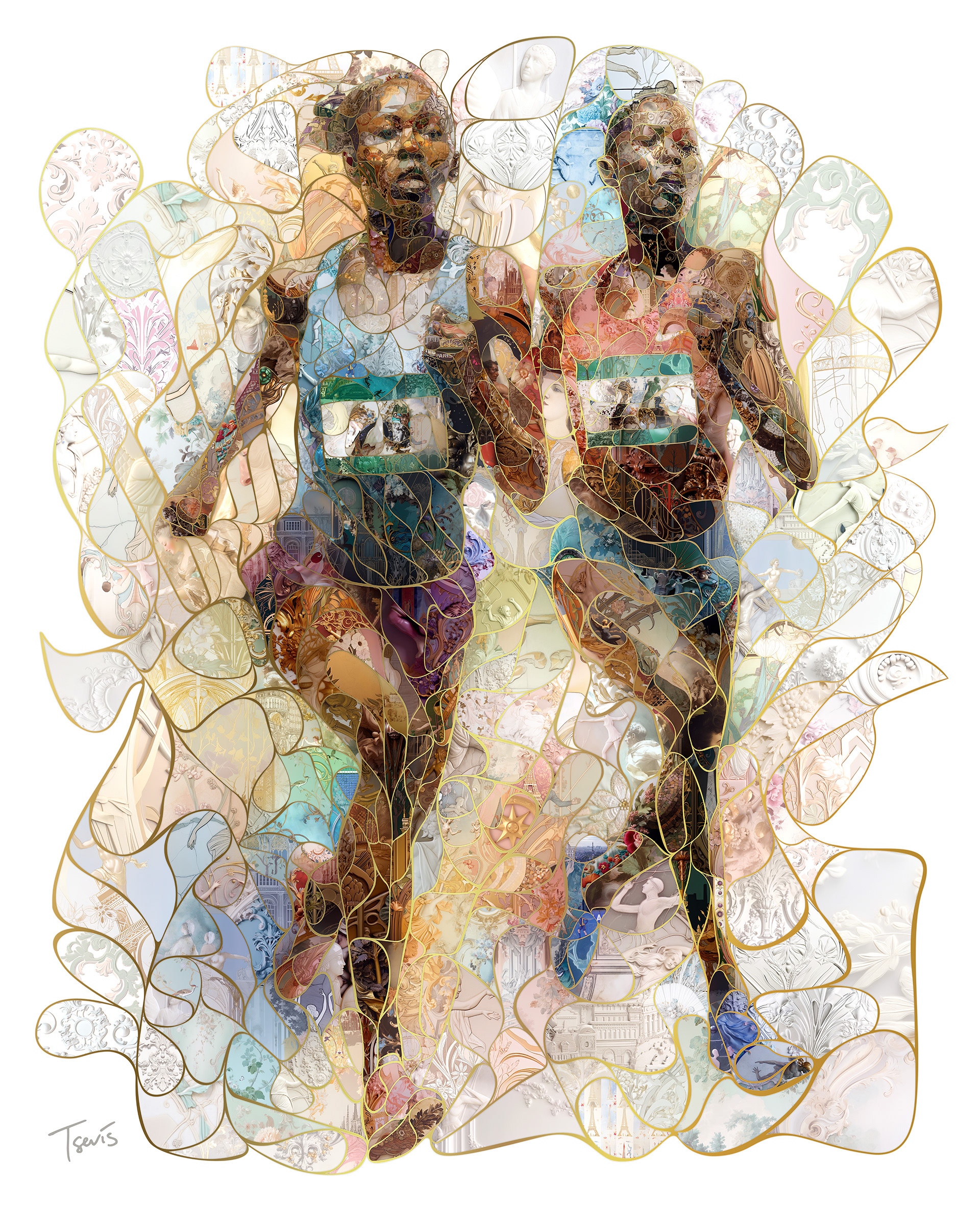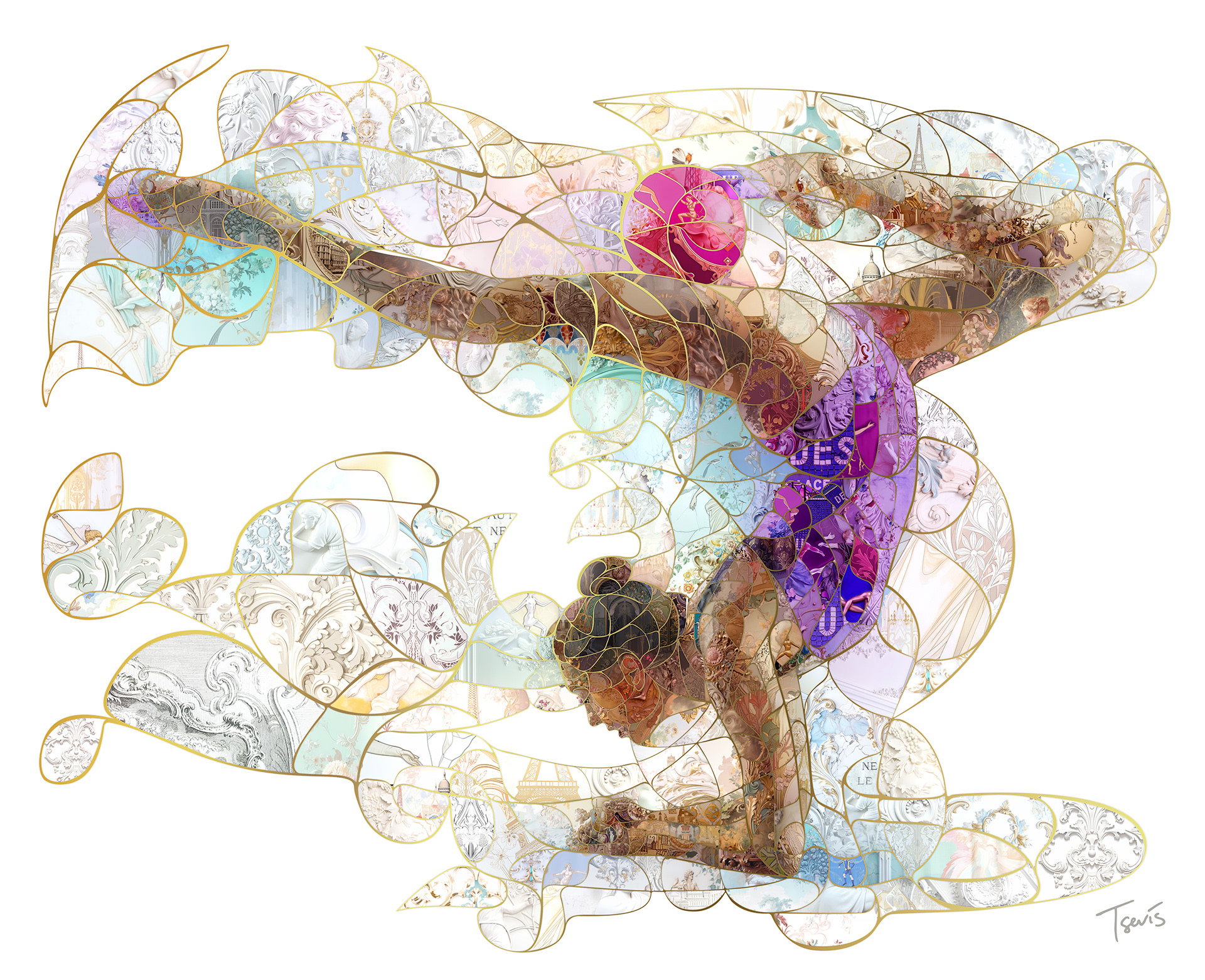Geographic Heritage: The deep historical and cultural roots of the host location
Global Connectivity: The universal language of sport and human achievement
Future Aspiration: The host nation's vision of how they want to be perceived
Moving beyond predictable flag imagery, the Team GB poster captures Britain's athletic dynamism through geometric abstraction. The mosaic technique allows individual elements (athletes, flag colors, movement) to maintain their distinct identity while contributing to a unified vision—embodying the Olympic ideal itself.
The complete presentation package shows how cultural intelligence extends beyond the primary design into every touchpoint. The packaging design maintains the dynamic geometric language while respecting the Royal Mint's institutional gravitas—balancing innovation with tradition across the entire brand experience.
Brazilian Heritage: Rio's rich tradition of public art and vibrant street culture
Portuguese Legacy: The ceramic art traditions that define much of Brazilian decorative culture
American Expression: Contemporary US street art and its role in cultural diplomacy
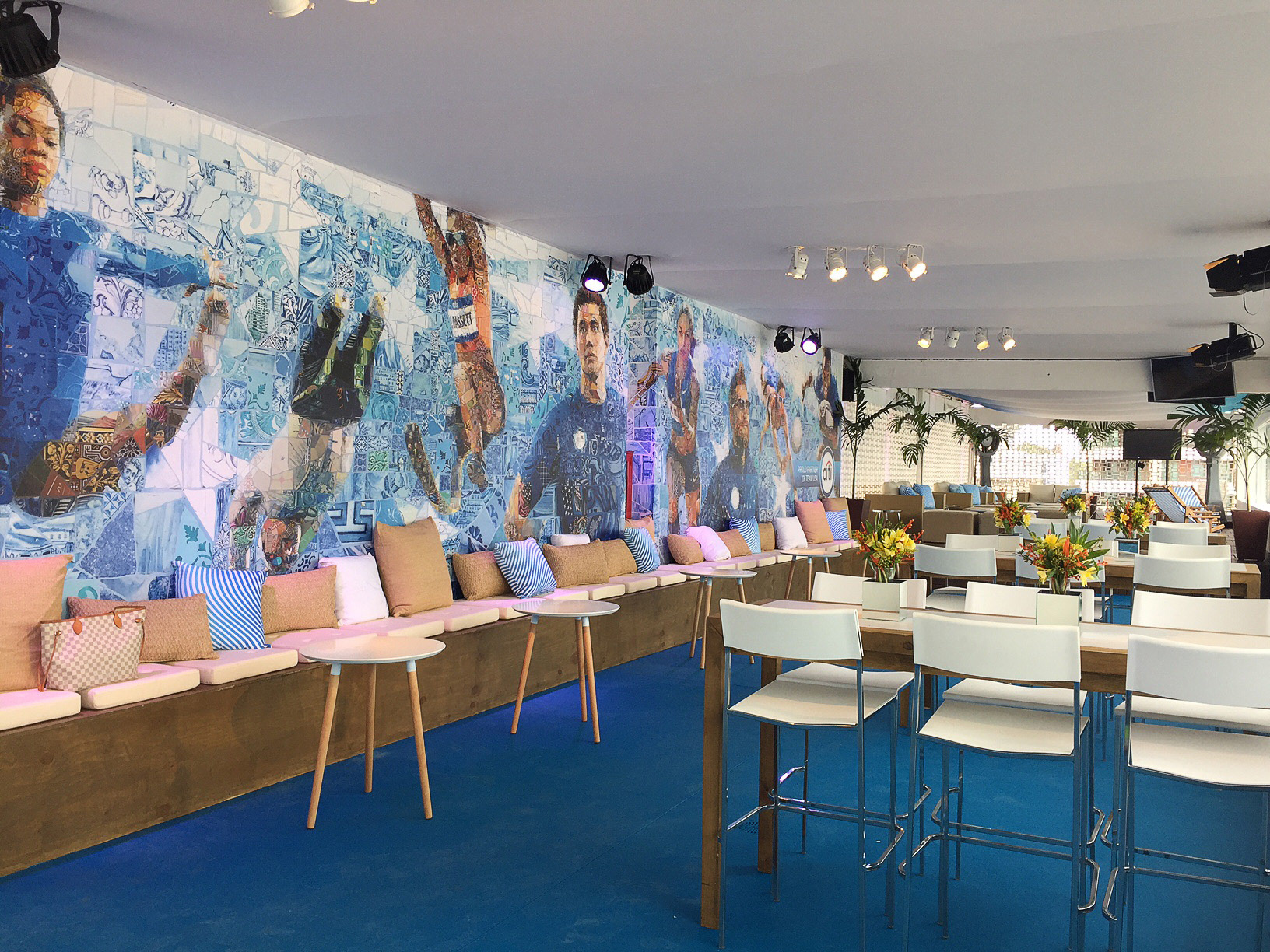
The murals for USA House in Rio 2016
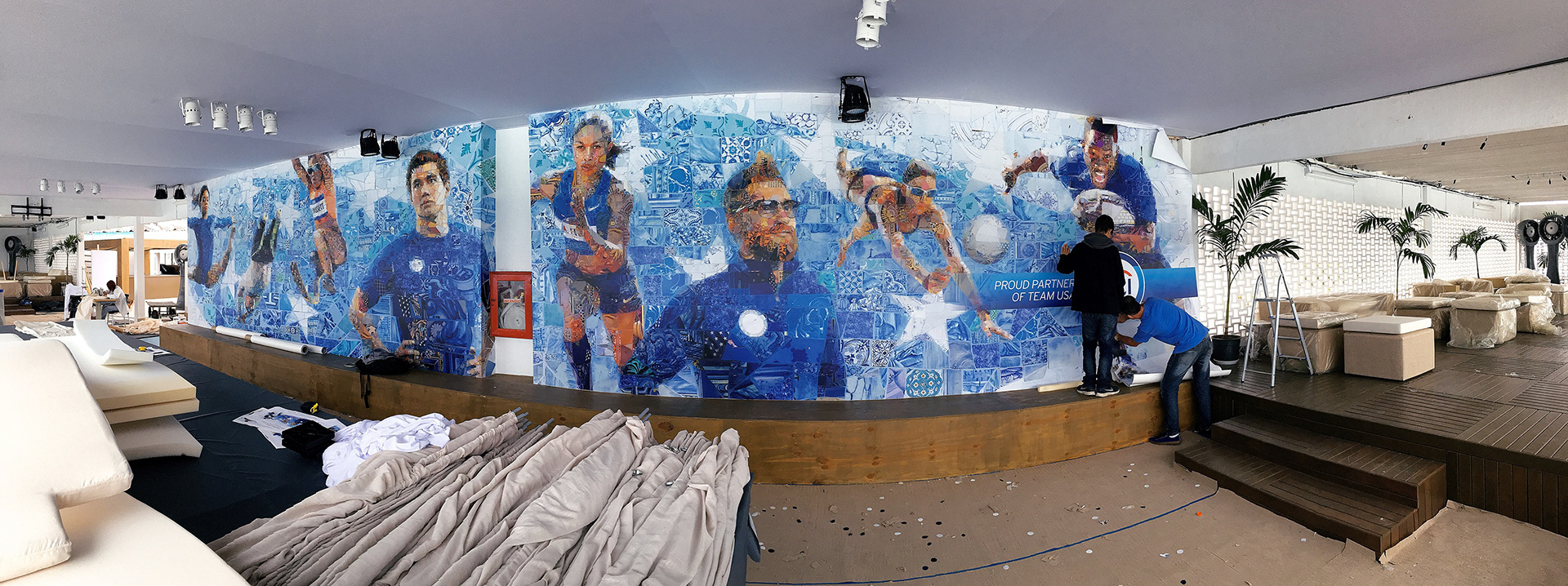
The murals for USA House in Rio 2016

The murals for USA House in Rio 2016
Legacy Creation: Content that becomes part of a location's cultural narrative, providing lasting value
Stakeholder Advocacy: Local communities who feel authentically represented become long-term brand ambassadors
Innovation Leadership: Organizations that demonstrate cultural sophistication attract top talent and partnership opportunities
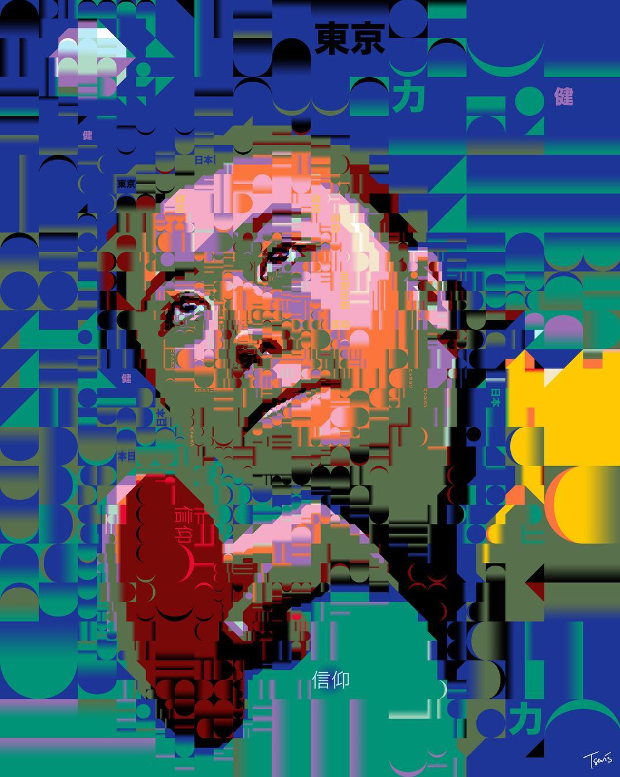
Ai Fukuhara 福原 愛 a Japanese table tennis player

Yui Ohashi a Japanese swimmer
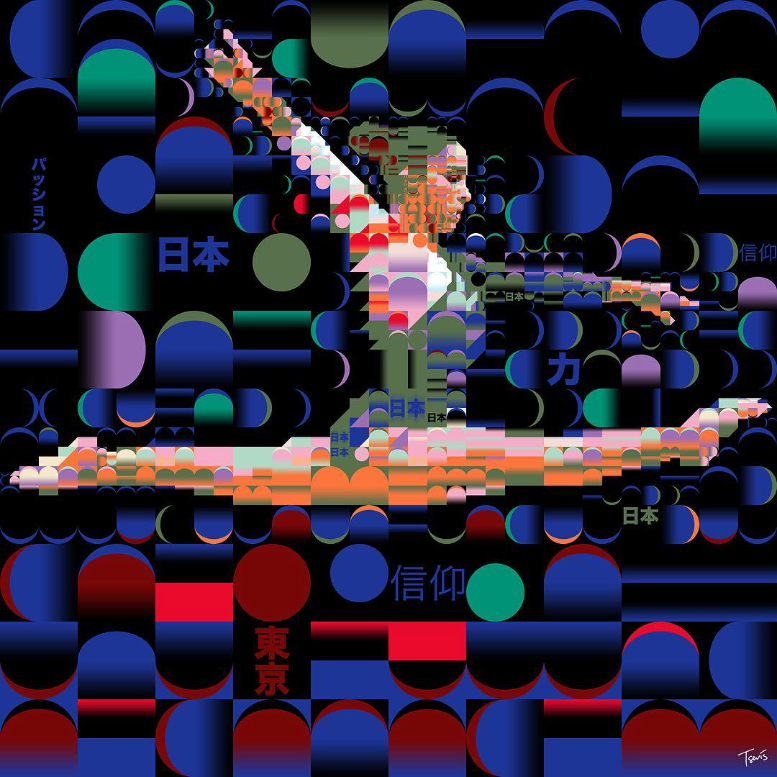
Tokyo 2020 inspired mosaic illustration


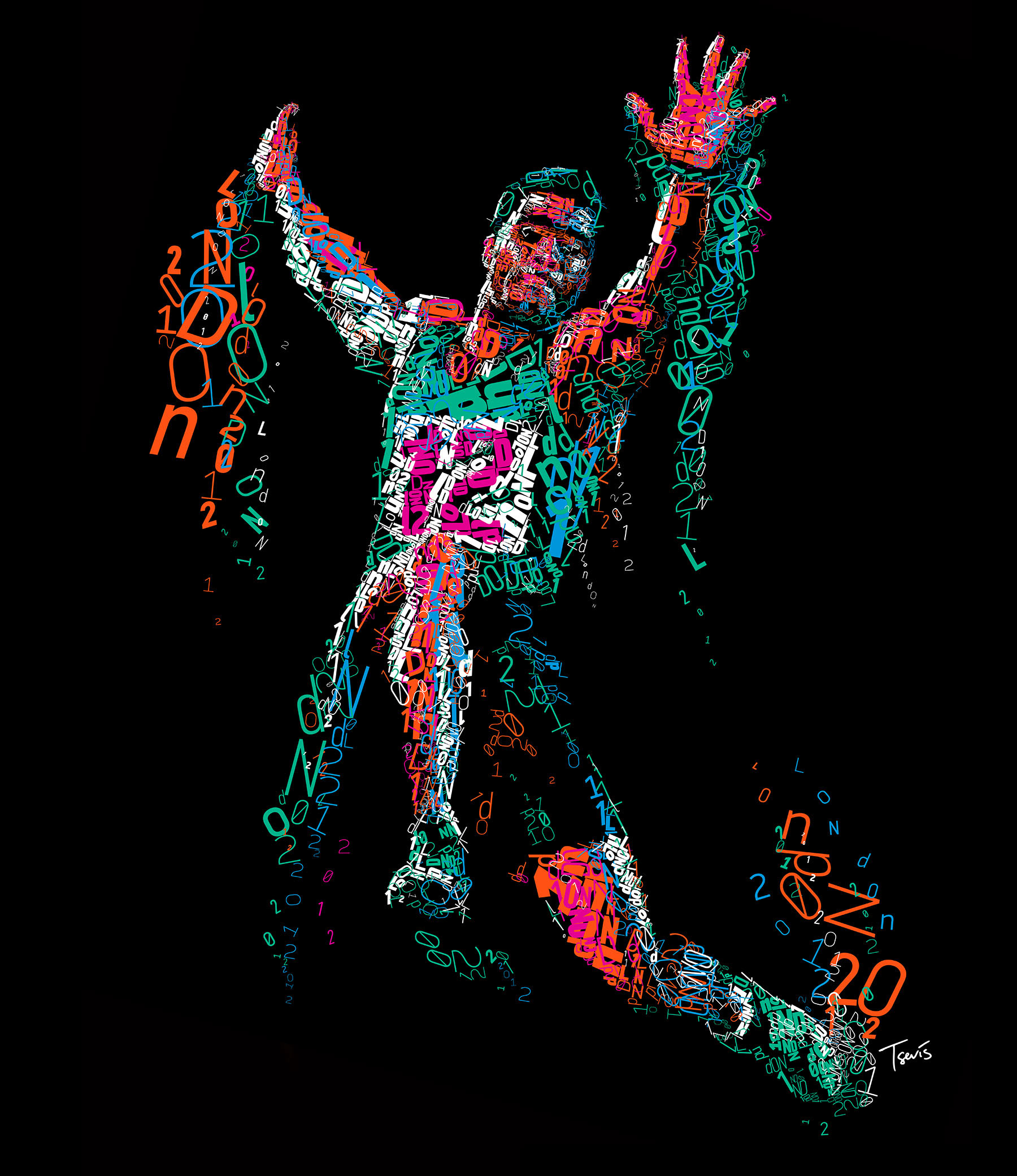
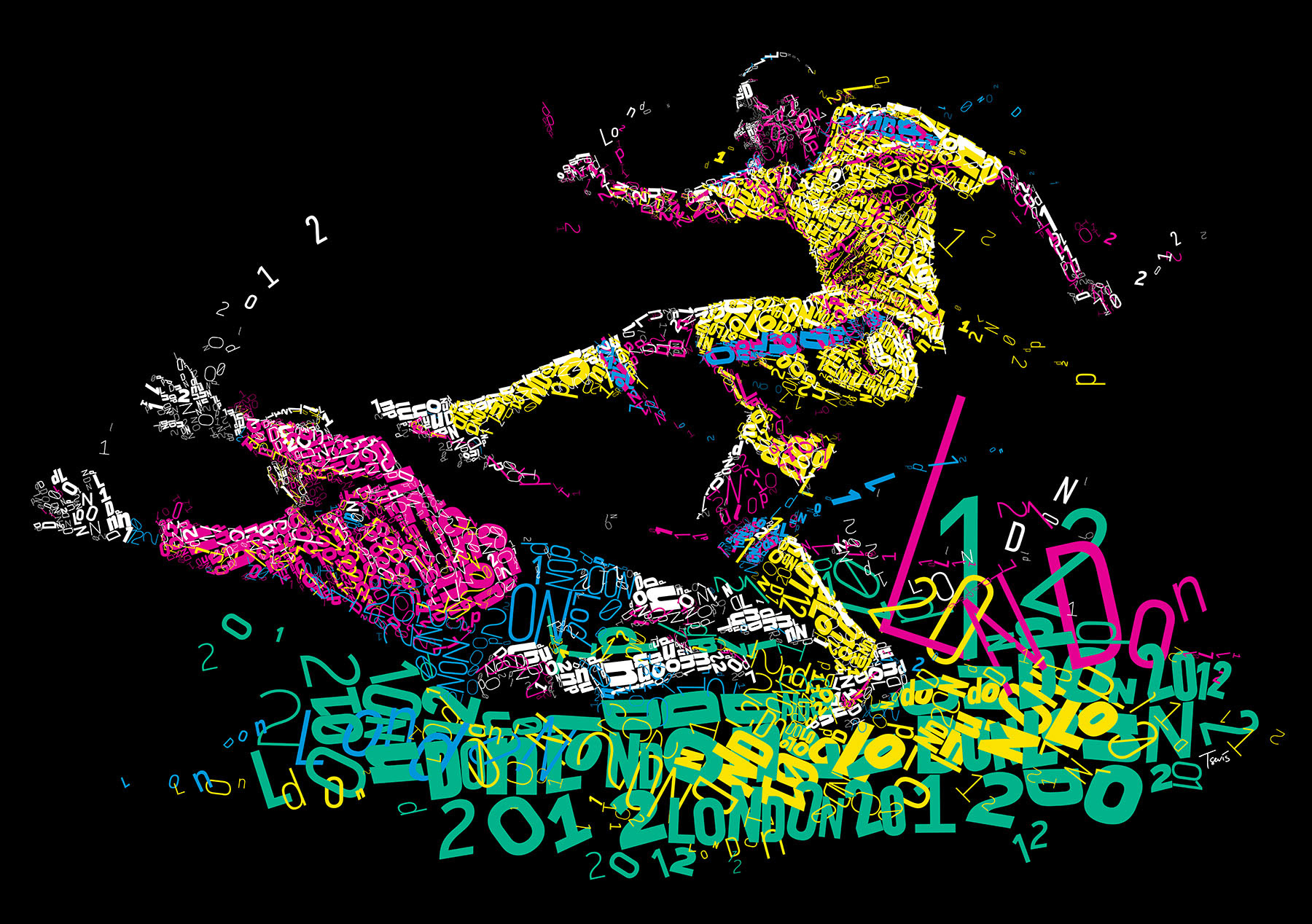

2. Build Diverse Teams: Include voices from the communities you're representing
3. Create Testing Frameworks: Develop methods for evaluating cultural authenticity and resonance
4. Plan for Legacy: Consider how your visual communications will be perceived and valued over time
5. Embrace Complexity: Resist the temptation to oversimplify rich cultural narratives
The Royal Mint Team GB commemorative coins demonstrate cultural diplomacy in miniature—how do you honor French Olympic hosts while celebrating British athletic heritage? The geometric mosaic approach creates a visual bridge between classical British heraldic traditions and contemporary global design language.

